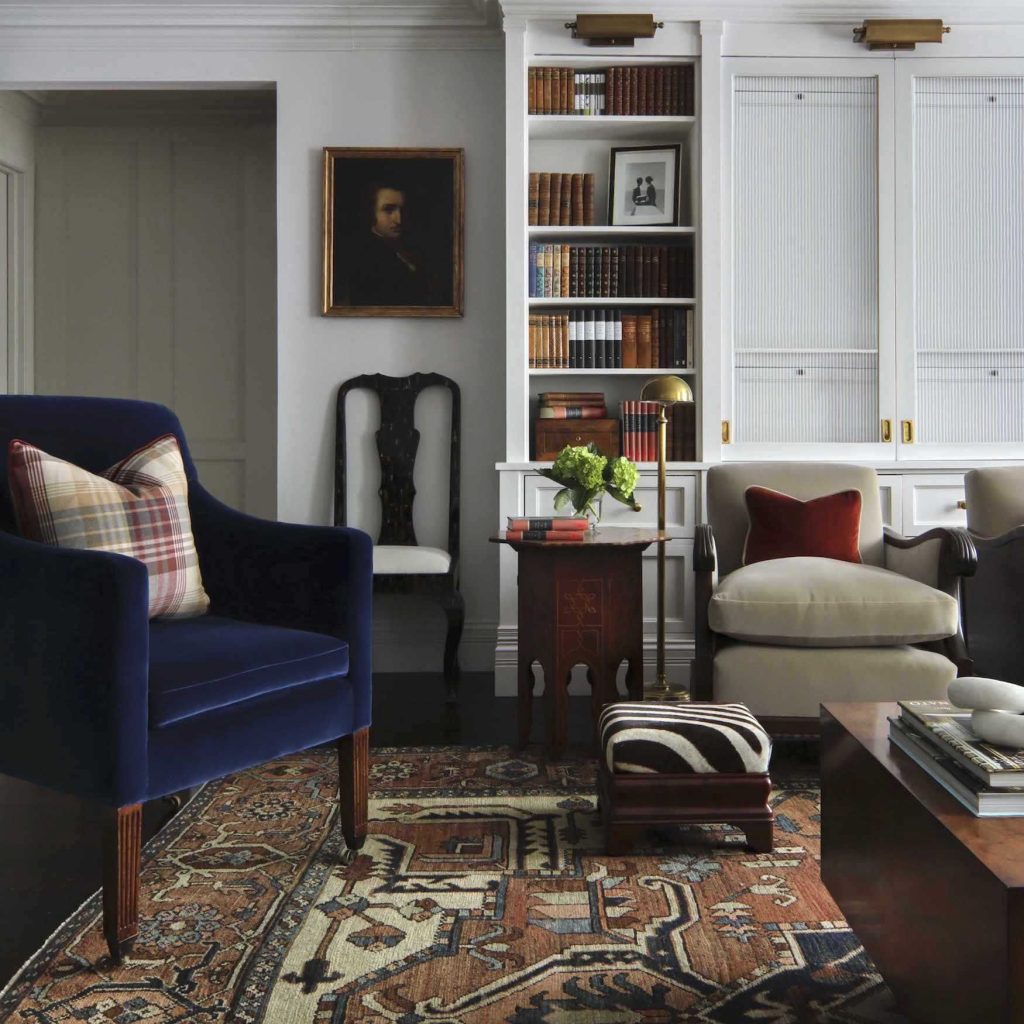
Exploring the timeless beauty of Kabuki lamps: a traditional Japanese treasure
Introduction
Kabuki lamps, also known as Andon lamps, are a type of traditional Japanese lamp that have been used for centuries in various settings such as homes, theaters, and temples. The delicate beauty and unique design of these lamps have made them a popular item for both Japanese and foreign collectors. This article will delve into the history, design, and cultural significance of Kabuki lamps.
History of Kabuki Lamps
Kabuki lamps originated during the Edo period in Japan, between the years 1603-1868. They were used as portable lamps in the homes of common people. The original design of these lamps consisted of a bamboo frame wrapped in paper, rice, or silk cloth. This design allowed the light to filter through the paper or cloth, creating a warm and gentle glow. Kabuki lamps became popular in the Kabuki theaters of the Edo period, where they were used to light up the stage during performances.
The Evolution of Kabuki Lamp Design
As times changed, so did the design of Kabuki lamps. By the end of the Edo period, Kabuki lamps had become more elaborate and ornate, with intricate designs carved into the bamboo frame and painted onto the paper or cloth. In addition, new materials such as metal and glass were incorporated into the design, making the lamps more durable and functional. Today, there are countless variations of Kabuki lamps available, ranging from traditional to modern designs.
Design Features of Kabuki Lamps
There are several distinct design features that make Kabuki lamps unique. One of the most notable features is the use of paper or other translucent materials to create a soft and diffused light. The bamboo frame is also an important design element, as it provides a sturdy structure around which the paper or cloth is wrapped. Many Kabuki lamps feature intricate cutouts or carvings in the bamboo, adding a decorative element to the design.
The Significance of Context and Function in Kabuki Lamp Design
Kabuki lamps are designed with their intended use in mind. For example, lamps used in theater performances are often larger and more ornate than those used in homes, as they need to be visible to a larger audience. Additionally, the type of paper or cloth used in the lamp can have an effect on the quality of the light produced. Different materials may be used to create a warmer or cooler tone.
The Cultural Significance of Kabuki Lamps
Kabuki lamps are more than just functional lighting fixtures; they also hold cultural significance for the Japanese people. Kabuki theater, where the lamps originated, is a traditional form of Japanese drama that has been in existence for almost 400 years. The use of Kabuki lamps in these performances is just one example of the rich history and customs associated with this art form. Today, Kabuki lamps are often seen as a symbol of traditional Japanese culture and a reminder of the country’s rich history.
Collecting Kabuki Lamps
For many collectors, Kabuki lamps are highly sought after for their rarity, beauty, and cultural significance. However, collecting these lamps can be a daunting task, as there are many variations to choose from and many factors to consider when evaluating a lamp’s quality and authenticity. It is important to do research and purchase from reputable sellers in order to ensure that the lamp is a genuine piece of history and art.



